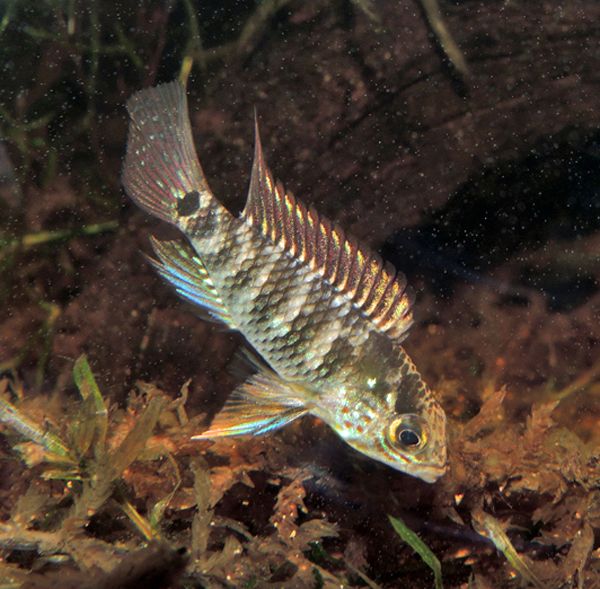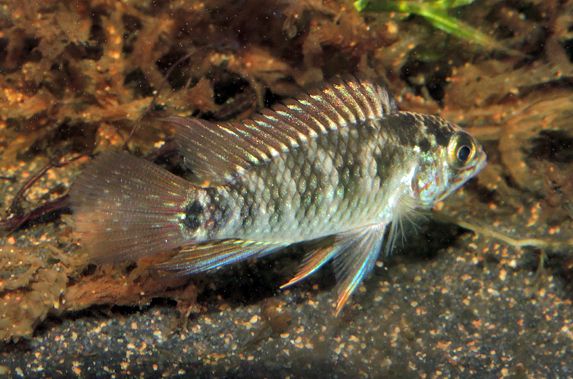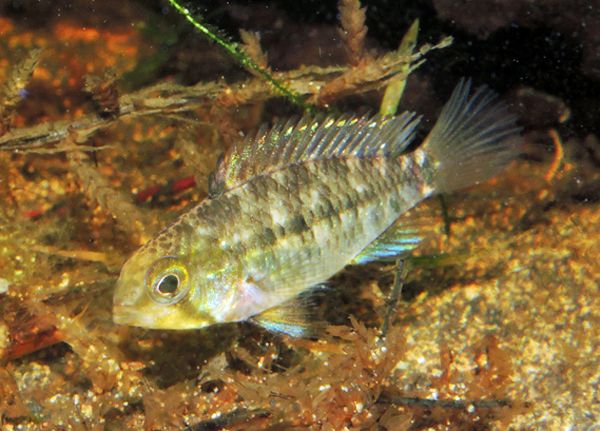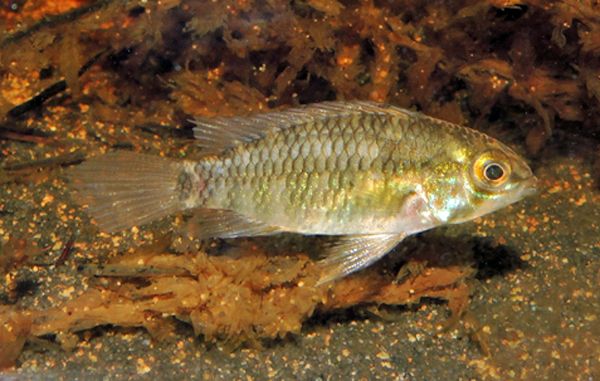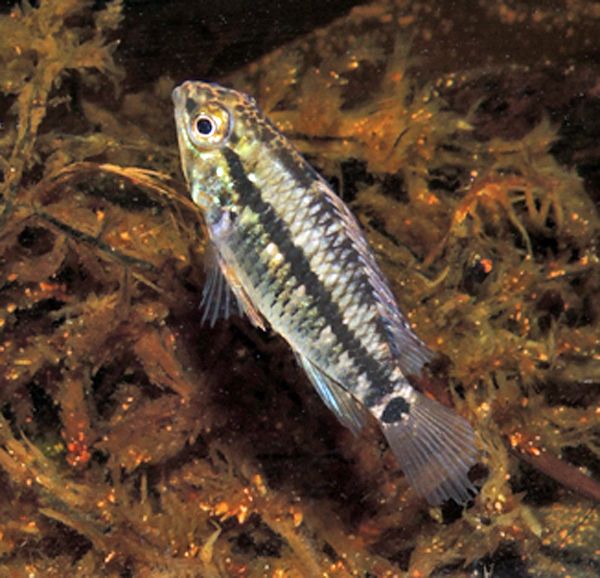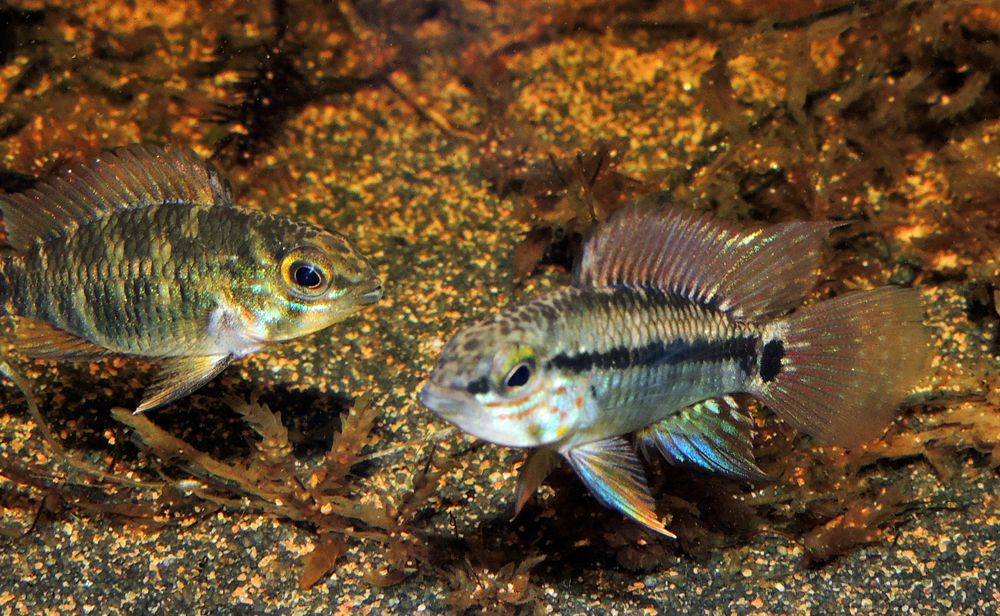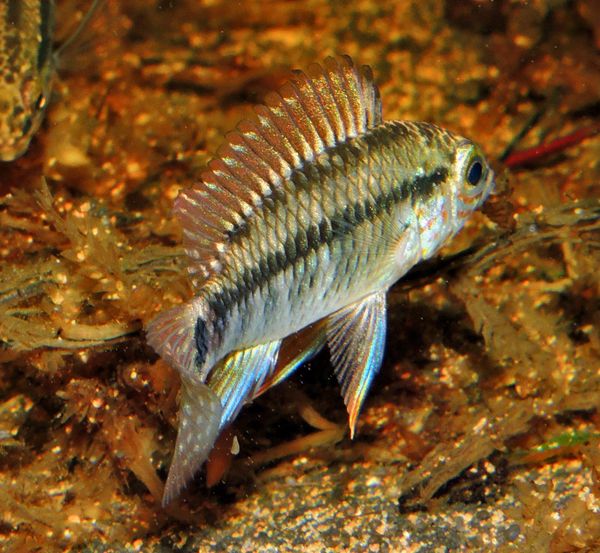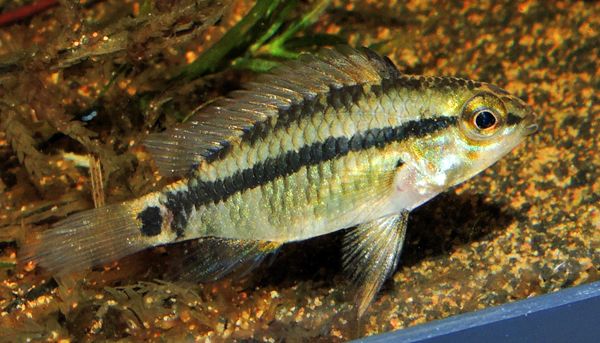- Messages
- 453
This male apisto came in with A. luelingi from Brian at wildPERU.
I don't know if the photos below are good enough to allow for a proper ID, but they are the best that I can do at the moment, and thought I would post a few pics and see if there is enough detail to get an idea of what they are. Any help appreciated.
This is a very pretty fish, with blue and red on the gill covers, maroon dorsal and caudal fins with gold highlights, blue and orange pelvic fins, blue and orange anal fin. At times the caudal spot appears to be two separate spots instead of one.
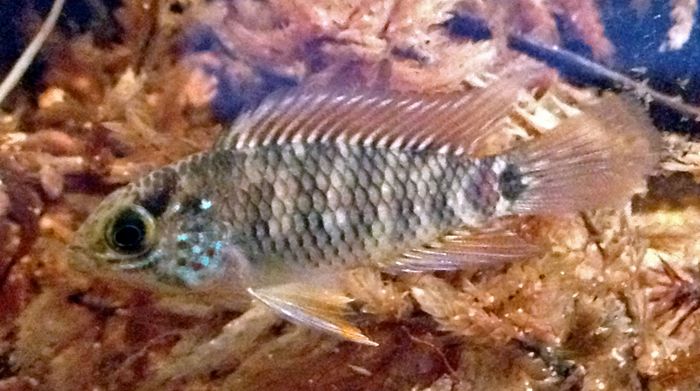
This image shows the light green scales present below the lateral line.
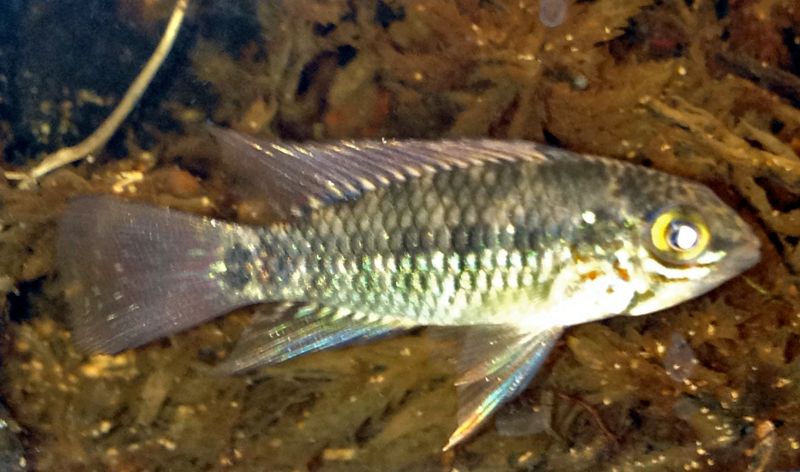
This photo shows a little bit more of the caudal pattern, basically a maroon colored fin with golden spots scattered throughout.
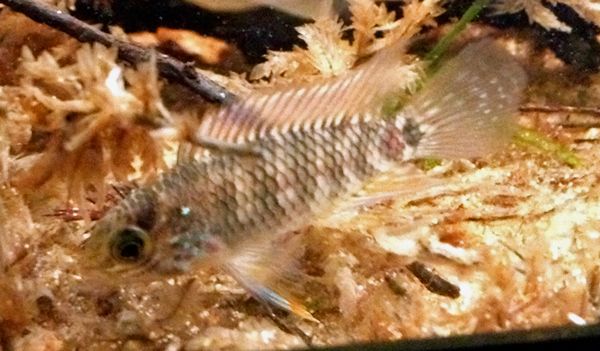
This is the male with the lateral line showing more clearly
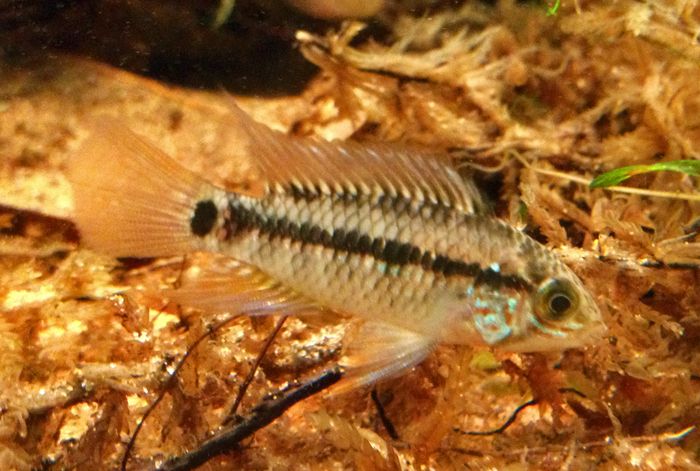
Here is a female
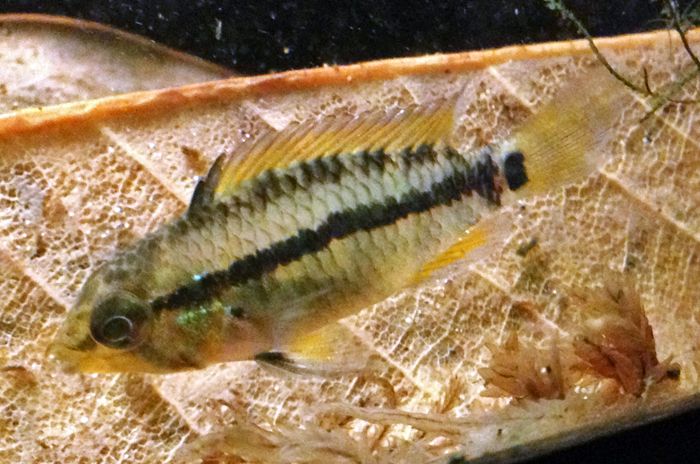
I don't know if the photos below are good enough to allow for a proper ID, but they are the best that I can do at the moment, and thought I would post a few pics and see if there is enough detail to get an idea of what they are. Any help appreciated.
This is a very pretty fish, with blue and red on the gill covers, maroon dorsal and caudal fins with gold highlights, blue and orange pelvic fins, blue and orange anal fin. At times the caudal spot appears to be two separate spots instead of one.

This image shows the light green scales present below the lateral line.

This photo shows a little bit more of the caudal pattern, basically a maroon colored fin with golden spots scattered throughout.

This is the male with the lateral line showing more clearly

Here is a female

